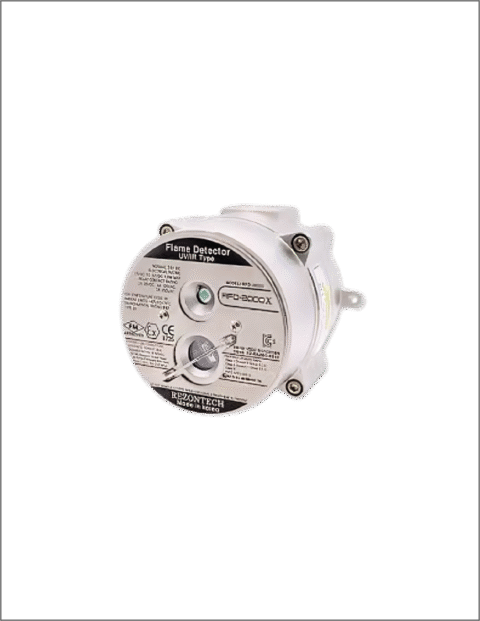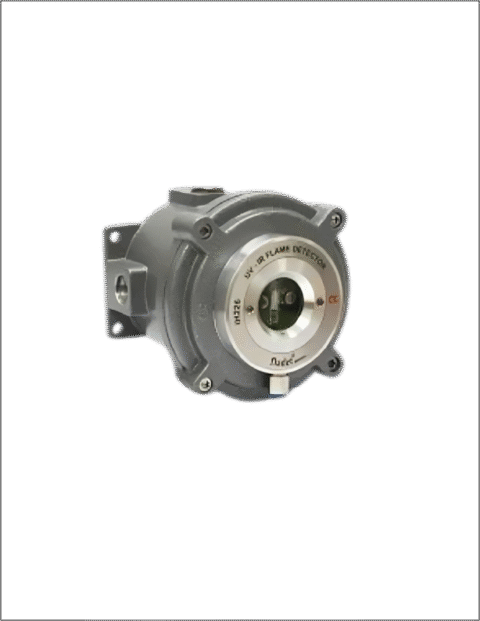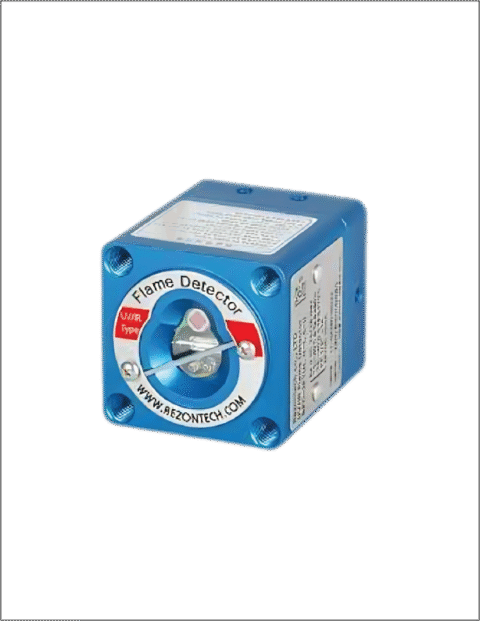Here is a simple buying guide for explosion proof lights in 2023
Before purchasing explosion proof lights, it’s crucial to consider various factors. In this article we are not going to explore everything that might be a confusing for you and not really necessary. To simplify the process and alleviate any confusion, we will discuss four main key considerations. These straightforward points will provide you with clarity and eliminate the need to delve into complex technical specifications.
Table of Contents
- Check the Certification required and Zone Applications
- Check the Enclosure material Required
- Choose LED Technology Over Outdated Options like Filament and HID Types
- Types of Light
1: Check the Certification required and Zone Applications
This involves comprehending the array of certifications available, including ATEX, IECEx, UL (North America), as well as country-specific certifications like CSA for Canada and CENEX for China.
Notably, within the UAE and Middle East regions, we adhere to the ATEX/IECEx certification framework.
ATEX/IECEx encompasses a spectrum of protection techniques, such as Exd, Exe, and ExnR.
It’s important to note that there can be substantial price difference between Exd and ExnR solution.
Exd solutions are typically employed in Zone 1 applications, providing a high level of protection. On the other hand, Ex nr solutions are confined to Zone 2 applications but are notably more budget-friendly.
2: Check the Enclosure material Required
The second crucial aspect to consider is the selection of enclosure material. Explosion-proof lights offer a range of choices, such as aluminum, GRP (Glass Reinforced Plastic), and specifically treated Stainless Steel variants designed for hostile or corrosive surroundings.
Stainless Steel, while providing enhanced anti-corrosive attributes, tends to be costlier. It’s worth highlighting that if your application doesn’t entail exposure to corrosive conditions, investing in anti-corrosion materials might not be imperative, especially considering their higher cost implications.
3: Choose LED Technology Over Outdated Options like Filament and HID Types
The third consideration centers around the selection of lighting technology. There are different techniques through which we produce light. Confused?
Look in the late 19th century Edison invented electric bulb with tungsten filament technology. However, with advancing technology, the lighting industry has seen a shift from conventional sources like filament-based and HID lights to modern LED technology. This LED technology offers significantly higher lumens output for a same wattage in comparison to older lighting types.
It’s important to mention that some customers come to us with specific high wattage needs, like 500W or 1000W traditional explosion-proof lights. However, these options can be quite costly and not very energy-efficient. At Sensor Control, we provide LED type explosion proof lights as an alternative. These LED lights are much more efficient, cost-effective, and long-lasting.
For example, a 1000W HID type light output can be effectively matched by a 400W or even lower-wattage LED light. Hence, when evaluating explosion-proof lighting options, it’s crucial to consider the equivalent LED wattage, which not only consumes less power but also provides higher lumens output and much cheaper.

4. Types of Light
There are several types of explosion-proof lights designed to cater to various hazardous environments and requirements. Here are some common types:
- Linear Explosion-Proof Lights: Linear lights have a rectangular or elongated shape. They are suitable for illuminating hallways, corridors, and larger spaces with a focused beam of light.
- Floodlight Explosion-Proof Lights: Floodlights provide wide-angle illumination, covering a larger area with bright light. They are often used for outdoor lighting in hazardous locations.
- Explosion-Proof Highbay Lights: Explosion-proof highbay lights are specifically designed to provide efficient and safe illumination in areas with potentially explosive atmospheres. These lights are commonly used in industries such as oil and gas, chemical processing, manufacturing, and mining, where the presence of flammable gases, vapors, or dust creates hazardous conditions.
- Well Glass Explosion-Proof Lights: Well glass lights have a robust, cylindrical shape and are suitable for industrial environments. They provide protection against dust and moisture while offering explosion-proof features.
- Emergency/Exit Explosion-Proof Lights: These lights come in various shapes, such as rectangles or arrows, and are used for emergency lighting and marking exit routes in hazardous areas.
- Tank Inspection Explosion-Proof Lights: These lights are designed to fit into tight spaces and provide focused illumination for inspections and maintenance tasks in tanks and confined spaces.
- Portable Explosion-Proof Lights: Portable lights can come in various shapes, including handheld or lantern-like designs. They offer flexibility for temporary lighting needs in hazardous environments.
The choice of shape for an explosion-proof light depends on the specific requirements of the environment, the type of illumination needed, and the space available for installation. It’s important to select the right shape of explosion-proof light that aligns with safety standards and effectively addresses the lighting needs of your industry or application.
We’ve provided a simplified buying guide for explosion-proof lights. If you need further assistance, don’t hesitate to reach out to our experienced sales experts specializing in explosion-proof lights. We’re here and eager to assist you.
Contact Information:
- Website: sensor-control.ae
- Email: sales@sensor-control.ae
- Phone: +971502447100




